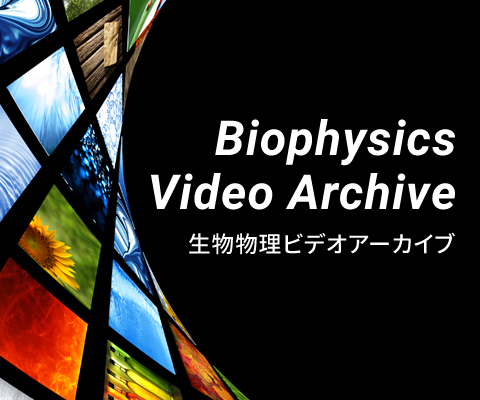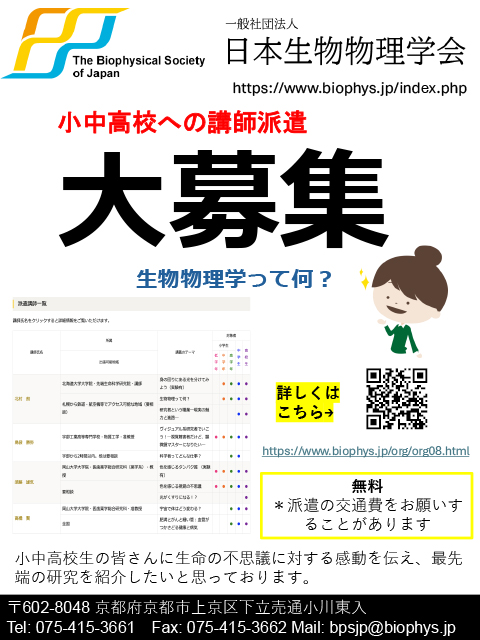男女共同参画学協会連絡会
支援企業による広告記事
- ソーラボジャパン株式会社
- CAD を使って光学装置を設計してみよう
- 「生物物理」2025年10月号
- ソーラボジャパン株式会社
- 次世代2光子顕微鏡―小型化がもたらす新たな可能性
- 「生物物理」2024年10月号
- ソーラボジャパン株式会社
- サイエンティフィックカメラと周辺機器の同期
- 「生物物理」2023年10月号
- ソーラボジャパン株式会社
- 顕微鏡のリノベーション ~ 顕微鏡ポートを活用した光学系の導入
- 「生物物理」2022年12月号
「Biophysics and Physicobiology」に Yuki Okamura, Shogo Takayama, Kengo Namiki, Fusako Koshikawa, Etsuro Ito による "Near-infrared spectroscopic study of blood flow changes in the dorsolateral prefrontal cortex during pain relief by odor stimulation" をJ-STAGEの早期公開版として掲載
2024年12月26日 学会誌
日本生物物理学会欧文誌[Biophysics and Physicobiology]に以下の論文が早期公開されました。
Yuki Okamura, Shogo Takayama, Kengo Namiki, Fusako Koshikawa, Etsuro Ito
"Near-infrared spectroscopic study of blood flow changes in the dorsolateral prefrontal cortex during pain relief by odor stimulation"
URL:https://doi.org/10.2142/biophysico.bppb-v22.0001
- Abstract
- Chronic pain is an unpleasant experience caused by sensory and emotional instability, sometimes independent of actual tissue damage. Pain relief can greatly impact psychologic, social, and economic well-being. Aromatherapy has long been used to alleviate pain and previous studies demonstrated that odors alter cerebral blood flow. In the present study, we used near-infrared spectroscopy to test our hypothesis that olfactory stimulation contributes to pain relief by altering cerebral blood flow in brain regions associated with pain. Pain was induced by transcutaneous electrical stimulation and assessed using a visual analog scale. Peppermint and lavender olfactory stimuli were used. Based on previous results, we focused on the prefrontal cortex. A placebo experiment in which only air stimulation was presented revealed minimal changes in blood flow in the ventromedial prefrontal cortex when comparing pain stimulation alone and a combination of placebo and pain stimulation. We then examined changes in blood flow following the presentation of peppermint or lavender scents. Significant differences in blood flow were observed in the dorsolateral prefrontal cortex (DLPFC) between pain stimulation alone and pain stimulation combined with odor stimulation. These findings supported our previous finding that the DLPFC is involved in pain relief by patch-adhered stimulation, but odor stimulation activated the right DLPFC whereas patch-adhered stimulation suppressed the left DLPFC. One interpretation of the discrepancy is that the contrast of activation between the right and left DLPFC is important in pain relief. Our research will help to elucidate the neurologic mechanisms underlying pain relief.
URL: https://doi.org/10.2142/biophysico.bppb-v22.0001







